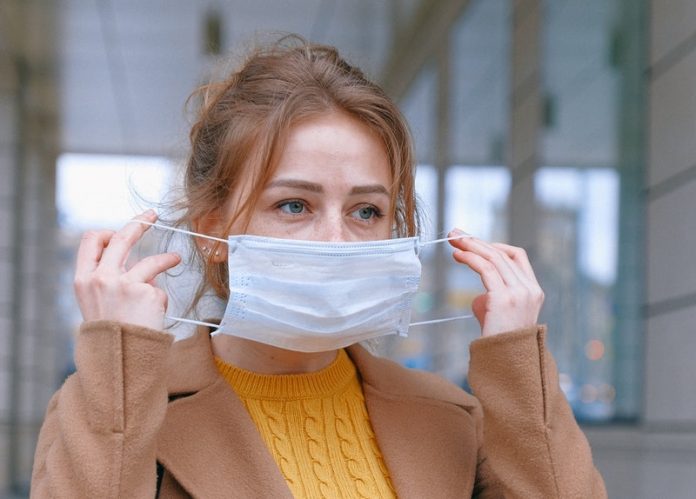Wear a mask, keep your distance, avoid crowds—these are the common recommendations to contain the COVID-19 epidemic.
However, the scientific foundations on which these recommendations are based are decades old and no longer reflect the current state of knowledge.
To change this, several research groups from the field of fluid dynamics have now joined forces and developed a new, improved model of the propagation of infectious droplets.
It has been shown that it makes sense to wear masks and maintain distances, but that this should not lull you into a false sense of security.
In a new study, researchers found that even with a mask, infectious droplets can be transmitted over several meters and remain in the air longer than previously thought.
The research was conducted by a team at the Vienna University of Technology and elsewhere.
The understanding of droplet propagation that has been accepted worldwide is based on measurements from the 1930s and 1940s,
At that time, the measuring methods were not as good as today, we suspect that especially small droplets could not be measured reliably at that time.
In previous models, a strict distinction was made between large and small droplets: The large droplets are pulled downwards by gravity, the small ones move forward almost in a straight line, but evaporate very quickly.
This picture is oversimplified. Therefore, it is time to adapt the models to the latest research in order to better understand the propagation of COVID-19.
In typical everyday situations, a particle with a diameter of 10 micrometers (the average size of emitted saliva droplets) takes almost 15 minutes to fall to the ground.
So it is possible to come into contact with viruses even when distancing rules are observed—for example in an elevator that was used by infected people shortly before.
Particularly problematic are environments with high relative humidity, such as poorly ventilated meeting rooms. Special care is required in winter because the relative humidity is higher than in summer.
The team says masks are useful because they stop large droplets. And keeping a distance is useful as well.
But the results show that neither of these measures can provide guaranteed protection
With the mathematical model that has now been presented and the current simulations underway, it is possible to calculate the concentration of virus-carrying droplets at different distances at different times.
Until now, political decisions on COVID-protection measures have mainly been based on studies from the fields of virology and epidemiology. The researchers hope that in the future, findings from fluid mechanics will also be included.
One author of the study is Prof. Alfredo Soldati from the Institute of Fluid Mechanics and Heat Transfer.



